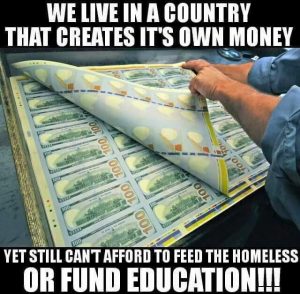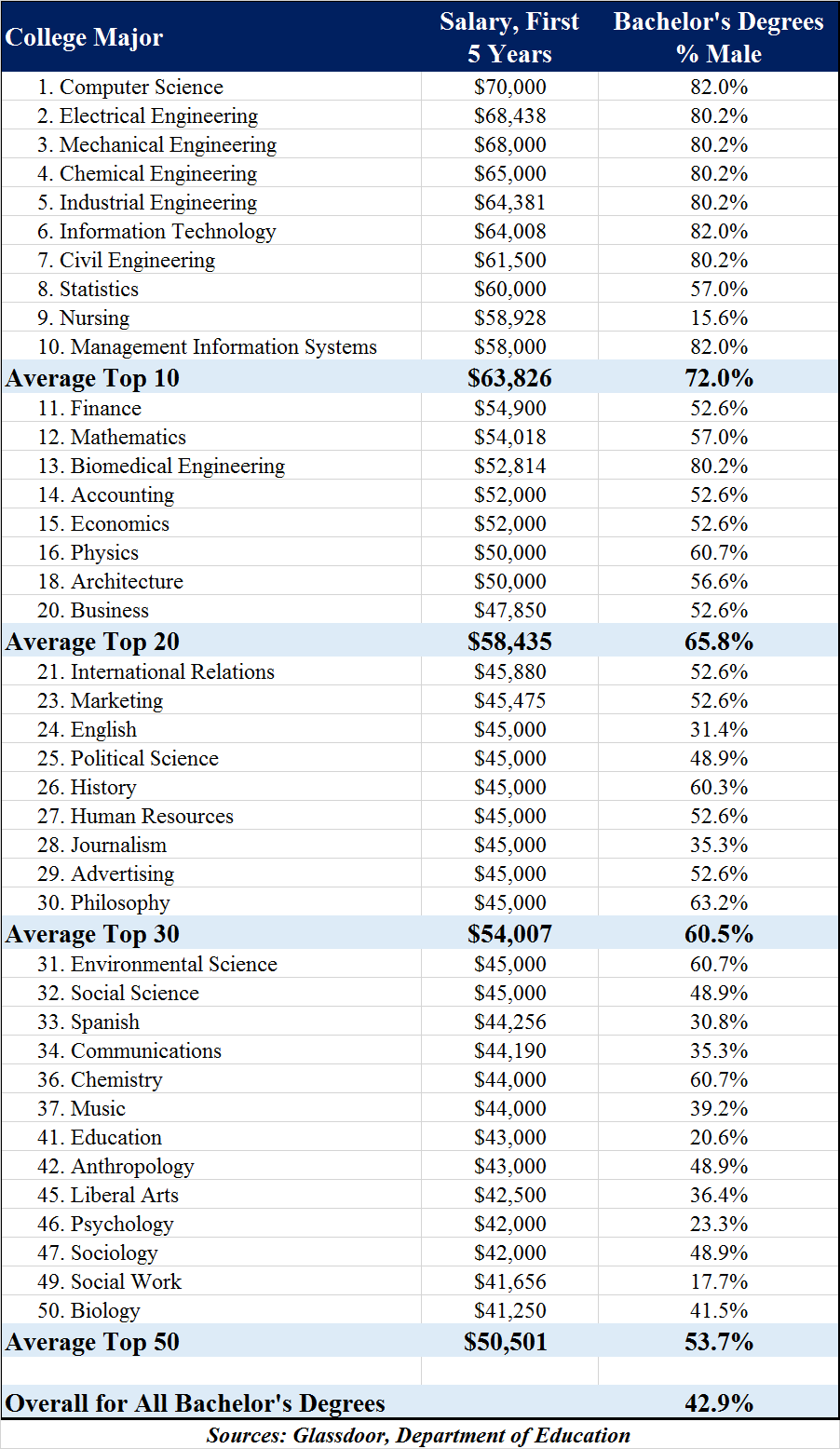In English literary custom, the rules of the English road leave many scratching their heads. That’s probably why there’s a National Grammar Day, which happens to be on Saturday.
English is considered a very difficult language for some who learn it as a second language (or even as a first), and it’s no surprise. Here are some confusing English lessons:
- “Homonyms” are words that sound alike but have different meanings. (ex. “lie” – to rest one’s body, and “lie” – to not tell the truth).
- “Homophones” are two or more words that sound alike but have different meanings and also different spellings (ex. “led” – to have been in charge of an event, like a meeting; and “lead” – a metal).
- “Homographs” are words that are spelled the same but have different meanings (ex. “fair” – the county kind, and “fair” – equal treatment).
- “Heteronyms” are words that are spelled the same, but don’t sound alike and have different meetings (ex. “tear” – a rip, or “tear” – liquid falling from your eye).
What’s the difference between a homonym and a homograph? Answer: Whether you get a headache thinking about it (ba-dum-tsss – an onomatopoeia).
America spends a fortune trying to educate its citizens, but even someone as lofty and educated as the president gets it wrong from time to time. President Trump wrote “Hearby” rather than “Hereby” on a tweet on Friday before correcting it.
Yet for all the harassment handed down when a high-profile person makes an error, social media memes earn extra guffaws when they include common grammar mistakes while the creator tries to project how smart he is.
Sometimes, they are uproarious. Here’s one. Can you spot the error?
IT’S one of Mark Perry’s biggest peeves. Perry, whose Carpe Diem blog regularly serves as a keeper of the language, points out several other fun grammatical errors in celebration of National Grammar Day.
Whether you’re perfect or not, enjoy Perry’s list on National Grammar Day, and if you need help, you can call the Grammar Hotline at University of West Florida.
Do you have a meme with an obvious error in English? Share it (or not) and let us all learn from our mistakes.









